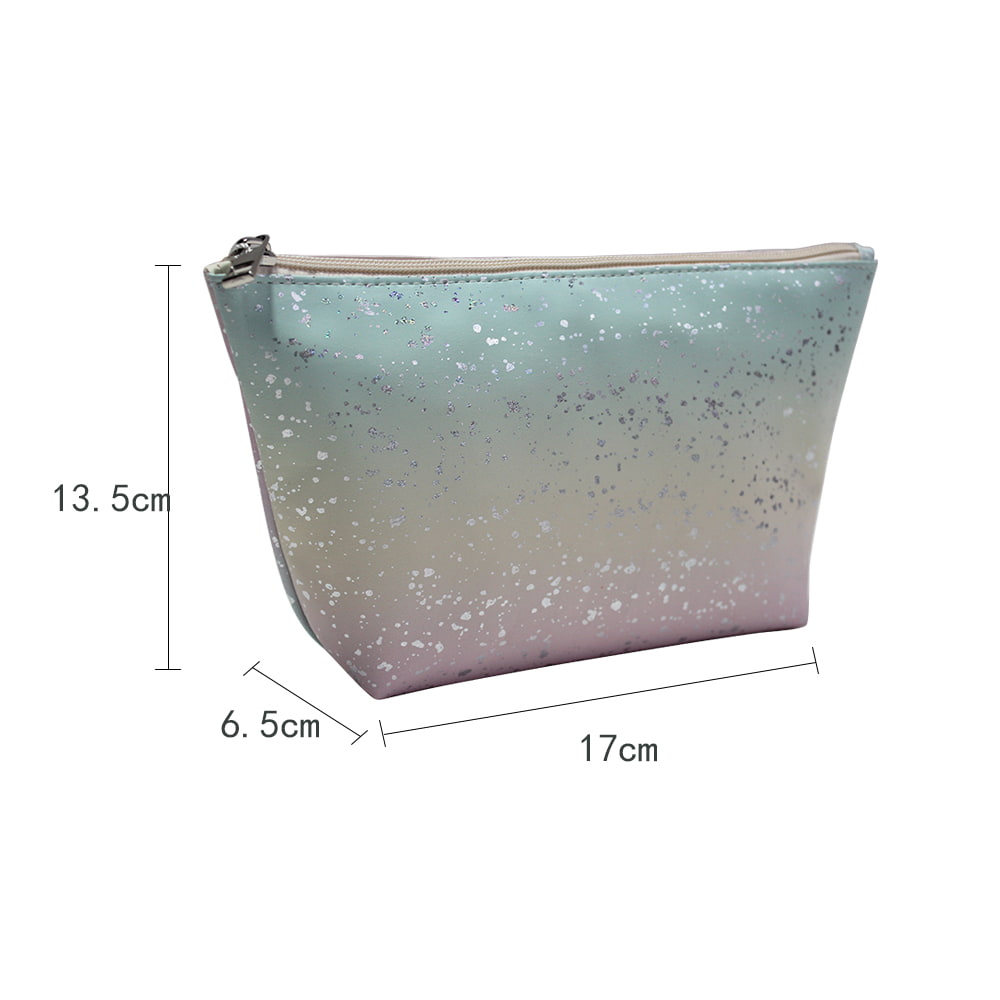From travel to gym routines and daily hygiene needs, a waterproof toiletry bag has become a practical companion for many. Whether tucked inside a suitcase or resting beside a bathroom sink, it offers a convenient way to store personal items safely. But beyond the zippers, compartments, and color choices, have you ever wondered what materials actually go into making a waterproof toiletry bag?

Let's take a deeper look into the core components that make up a high-performing waterproof toiletry bag.
Outer Shell Materials
The outer layer is the line of defense against moisture. One of the widely used materials for the exterior of a waterproof toiletry bag is polyurethane-coated fabric. Common base fabrics include polyester and nylon, both known for their strength and resilience. The polyurethane coating is added to these textiles to create a water-resistant barrier.
Polyester is particularly popular due to its cost-effectiveness and resistance to shrinking or wrinkling. When treated with coatings, it becomes highly resistant to splashes and spills. Nylon, on the other hand, offers slightly better durability and flexibility. It can withstand more rigorous use, which is especially important for individuals who travel frequently and require a waterproof toiletry bag that endures stress and strain.
In high-end products, you might also find thermoplastic polyurethane (TPU) or ethylene-vinyl acetate (EVA). These materials are chosen for their pliability, sleek appearance, and moisture-blocking properties. A waterproof toiletry bag made with these materials often boasts a more premium look and feel.
Inner Lining Choices
The interior of the bag plays an equally important role. While the outside prevents water from getting in, the inside must resist leaks from spilled liquids such as shampoo, lotion, or toothpaste. For this reason, many waterproof toiletry bags feature linings made of PVC or PEVA.
PVC, or polyvinyl chloride, is widely used due to its affordability and efficiency at containing liquids. However, as manufacturers move toward more environmentally friendly options, PEVA—a chlorine-free alternative—is becoming increasingly common. PEVA provides similar waterproof qualities without some of the environmental drawbacks associated with PVC.
In some models, a double-layer lining is used to add additional protection and structure. A waterproof toiletry bag with this kind of construction can better contain spills while retaining its shape over time.
Zippers and Seams
Even with the shell and lining, a waterproof toiletry bag would be ineffective without a properly designed closure system. Zippers are typically the vulnerable component when it comes to water intrusion. That's why many models feature water-resistant zippers made with rubberized or laminated materials.
The teeth of the zipper are often covered by a flap or sealed under a layer of coated fabric to minimize moisture exposure. Some advanced designs even use welded seams or heat-sealed zippers to eliminate stitching holes where water might seep in.
Reinforced seams are another crucial element. In a standard waterproof toiletry bag, seams are taped or bonded to close off needle holes left by stitching machines. This technique significantly improves the bag's ability to withstand wet conditions.
Structural Elements and Accessories
In addition to fabric and closures, a waterproof toiletry bag includes several other material components. Mesh pockets, elastic bands, and internal dividers help with organization. These are usually made from synthetic fibers like nylon mesh, which dries quickly and resists mildew.
The carrying handle or hanging hook is often crafted from reinforced webbing or molded plastic. These parts must support the weight of the fully packed bag and tolerate repeated use. In travel-ready designs, we often incorporate swiveling hooks or detachable straps, made from the same durable and water-repellent materials as the rest of the bag.
The company covers an area of 1500 square meters and specializes in producing various types of makeup bags, jewelry bags, children's bags, and wash bags, with a monthly output of about 100000 bags.
 We Are Here
We Are HereAddress: 6th Floor, No. 2 Gantang West Road, Huanglinshan Industrial Zone, Yiting Town, Yiwu City, Jinhua City, Zhejiang Province, China
 Contact Us
Contact UsPhone: +86-13857970558

sales1@xibodan.com
sales2@xibodan.com
sales6@xibodan.com
If you have any requirements, please click on "contact" to leave a message.

 English
English русский
русский Español
Español